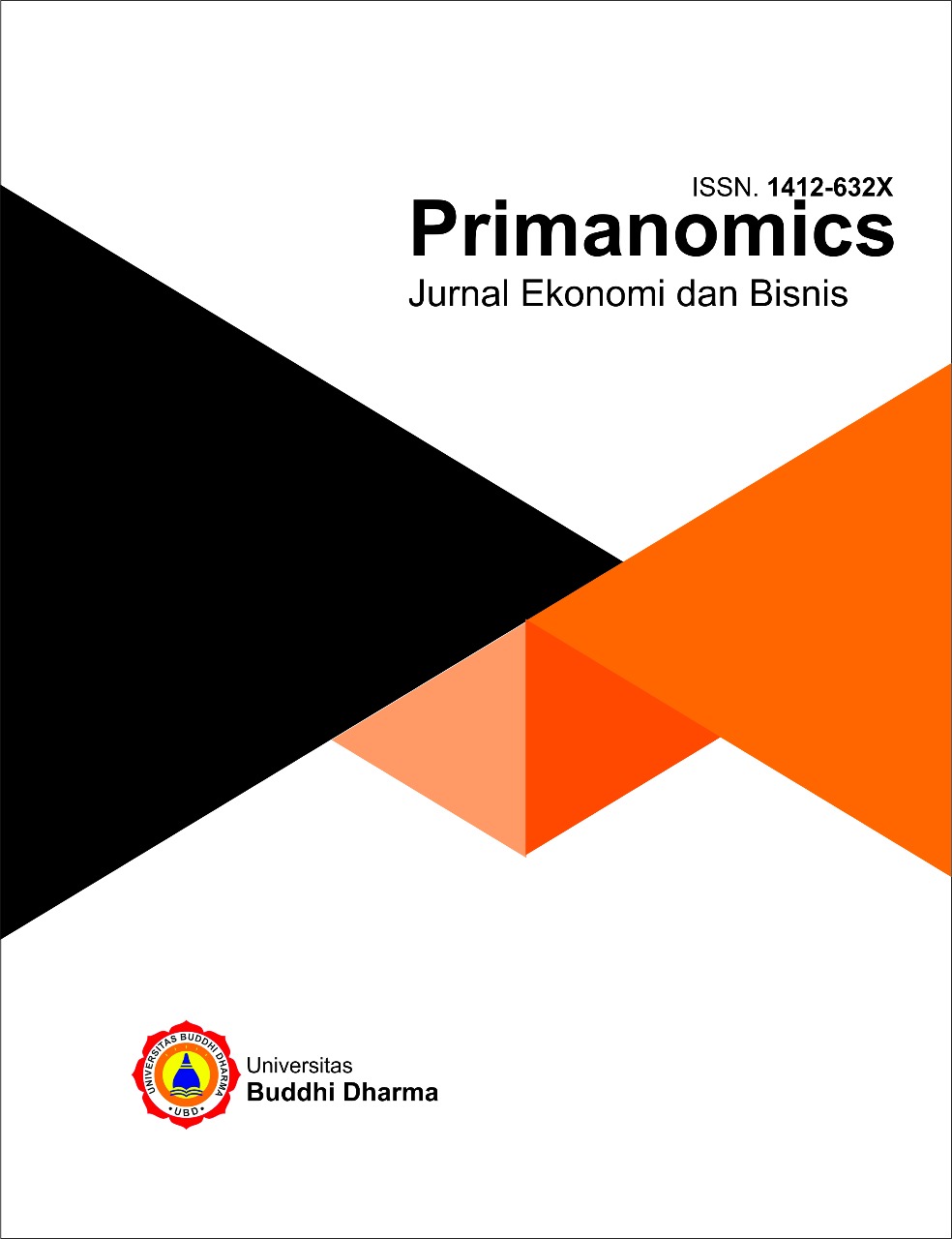The Effect of Security and Perceived Ease of Use on Repurchase Intention in Online Marketplace Consumers with Trust as Mediation (Case: Marketplace "T" in Jakarta)
Main Article Content
Abstract
The capabilities of the internet are highly beneficial for everyone who uses it. The e-commerce industry involves the buying and selling of products and services conducted online. In 2024, the e-commerce sector in Indonesia experienced the highest growth. Due to the increase in transactions, each e-commerce platform must maintain repurchases to survive and compete with its rivals. Security, perceived ease of use, and trust are crucial factors in determining repurchase intention. This study aims to examine the effect of security, perceived ease of use, and trust on the repurchase intention of online marketplace consumers of "T" in Jakarta. The population in this study consists of consumers who have shopped on the "T" marketplace in Jakarta. A purposive sampling technique was used to select respondents who are at least 18 years old, reside in Jakarta, and have purchased items at least twice on the "T" marketplace. After distributing questionnaires online, the data was processed using SmartPLS ver 3.2.9, the sample consisted of 338 respondents; however, only 304 respondents were assessed in this study. The research found that security and perceived ease of use have a positive and significant influence on the repurchase intention of "T" marketplace consumers in Jakarta, both directly and when mediated by trust.
Downloads
Article Details

This work is licensed under a Creative Commons Attribution-NonCommercial-NoDerivatives 4.0 International License.
 Abstract views: 250
/
Abstract views: 250
/  PDF downloads: 153
PDF downloads: 153
